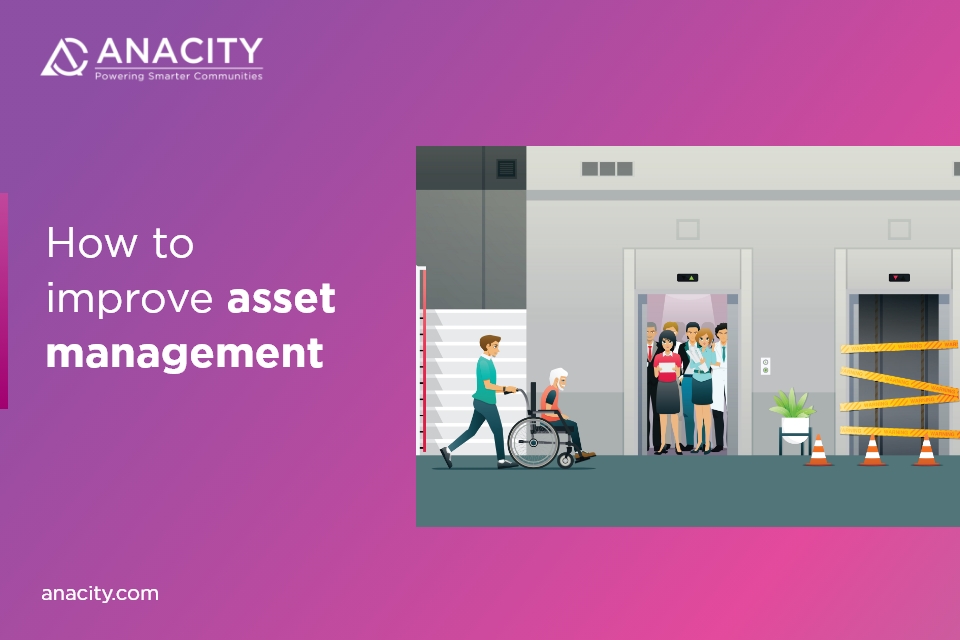The maintenance of assets in their optimal condition is one of the most important tasks for Owner Association Management (OAM) bodies. Regular upkeep of assets like gym equipment, lifts, and water pumps is essential for safety, functional, aesthetic, and economic reasons. In fact, an OAM or community manager’s effectiveness is often evaluated on their ability to manage assets.
Despite its importance, many community managers rely on legacy solutions like spreadsheets to track asset maintenance. These systems are rarely equipped for preventive maintenance and can lead to unnecessary gaps. ANACITY’s Asset Management module is specially designed to resolve these challenges.
What is asset management?
Asset management refers to the decision-making framework to support the service and maintenance of physical assets from cradle to grave. These assets include:
- Utilities such as power, water, and sewerage
- Infrastructural equipment like lifts, lighting, and fire alarms
- Moveable assets like printers, furnishing, and IT equipment.
How to carry out asset management?
Here’s a step-by-step guide on asset management in gated communities:
Assign a manager
Large communities have a managerial staff that oversees various functions. Assigning a dedicated maintenance manager is key in streamlining the process of tracking asset performance and fixing accountability. Failure to assign a manager can lead to gaps in servicing and tracking asset performance.
Create a maintenance schedule
Assets like lifts and power generators have a fixed maintenance cycle that should be diligently followed. One of the biggest challenges in asset management lies in following this cycle, especially with multiple maintenance cycles. To resolve this, managers can input a maintenance schedule with reminder notifications before every service.
Map your asset lifecycle
The term asset lifecycle refers to the different stages in managing assets, starting from the planning to its eventual disposal. Asset mapping facilitates depreciation analysis, setting service schedules, and assigning budgetary outlays.
Centralise data
Easy access to asset data is a key part of any maintenance planning. Managers should be able to view all assets, their attributes, service history, and AMC (Annual Maintenance Contract) details. Yet, data silos are one of the biggest drawbacks of legacy asset management systems. Information is often recorded in different systems leading to its fragmentation.
The lack of a cohesive system also results in incomplete and inconsistent data input. It is not only difficult to work with, but it also leads to compliance issues. In addition, the silos mentality impacts collaboration. Centralisaton of information removes this fragmentation, automatically enforcing a cohesive system of recording data. It ensures that managers can access accurate data at any time.
Deploy ANACITY automated solutions
ANACITY’s ERP (Enterprise Resource Planning) includes exhaustive asset management solutions. As a centralised platform, it simplifies and facilitates overview, allowing managers to easily access information. It also automates the process by setting up reminders. With ANACITY you can:
- Create asset groups like fire equipment, wastewater processing and lifts.
- Add attributes, including manufacturer’s details, for each asset.
- Include service history along with AMC details.
- Set up a maintenance schedule.
- Include reminder notifications to be sent before each service.
- Get a QR-based view for instant access to asset information and service history.
If you want to know more about asset management with ANACITY or to schedule a free demo, get in touch with us at sales@anacity.com or visit www.anacity.com.

